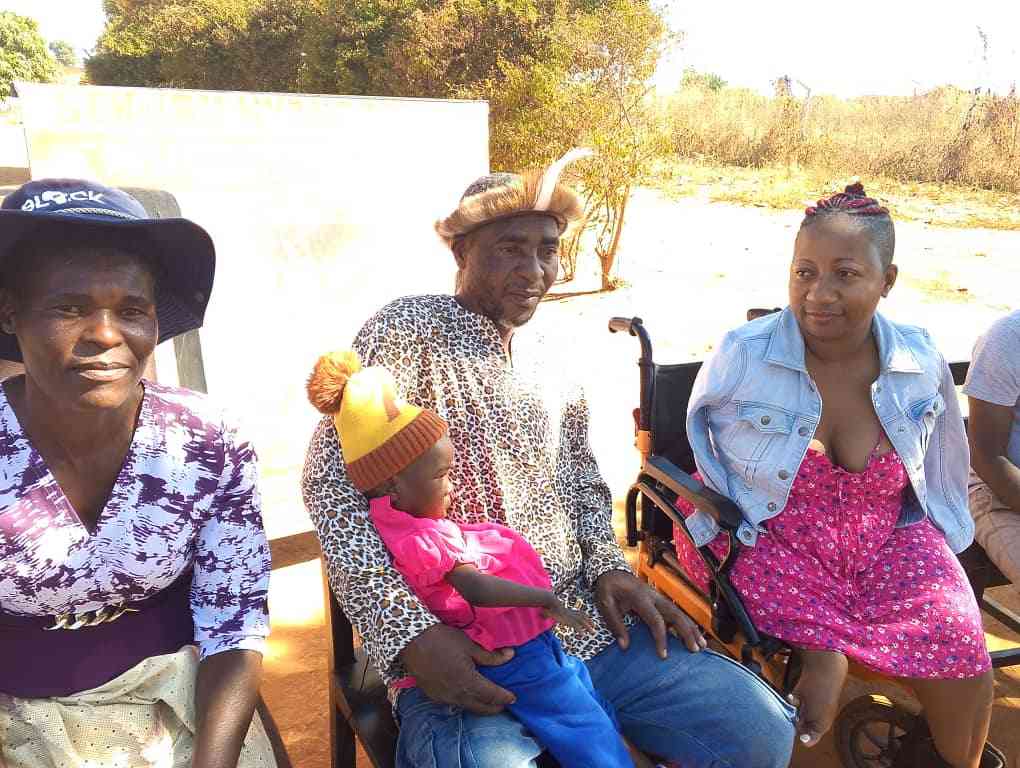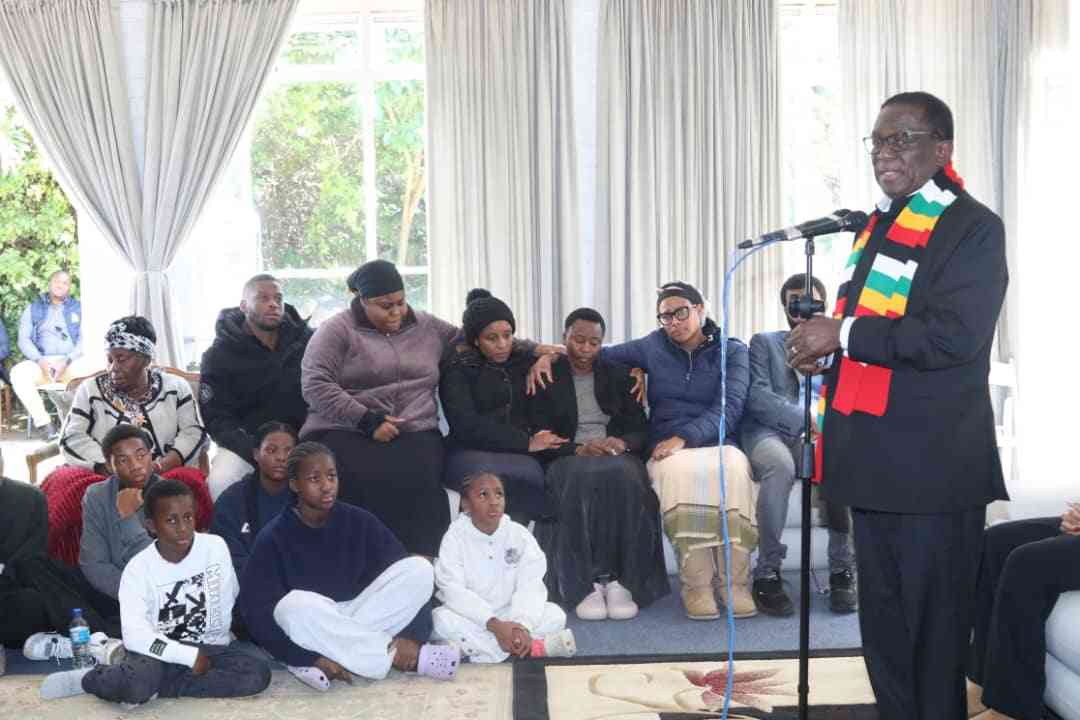
[ad_1]
BY TENDAI SAUTAHAVING worked at the National Gallery of Zimbabwe (NGZ) in Bulawayo as an administrator for almost 15 years, Silenkosi Moyo was recently appointed acting regional director after former regional director Butholezwe Kgosi Nyathi stepped down last month.
NewsDay Life & Style correspondent Tendai Sauta (ND) caught up with Moyo and below are excerpts from the interview.
ND: Briefly tell us about working at the gallery?
SM: Silenkosi Moyo has worked for the gallery since 2007 as an administrator and is currently the acting regional director. My role at the gallery is to manage the operations of the regional gallery in meeting its mandate in line with the NDS1 pillars.
ND: What activities are carried out at the gallery?
SM: The National Gallery in Bulawayo promotes artistic talent, develops creativity, engages in continuous dialogue and inspiration towards a broader appreciation of the dynamic visual arts of Zimbabwe.
The NGZ seeks to progressively improve the levels of knowledge, skills and networks of our resident and non-resident artists.
- Chamisa under fire over US$120K donation
- Mavhunga puts DeMbare into Chibuku quarterfinals
- Pension funds bet on Cabora Bassa oilfields
- Councils defy govt fire tender directive
Keep Reading
It is the culture hub of the region that brings together creative arts value chain players through visual artists capacity enhancement programmes, hosting of local and international exhibitions, education and public programming.
ND: The COVID-19-induced lockdown has put a stop to gatherings as a way to curb the spread of the virus. How did you keep the artists going during such difficult times?
SM: COVID-19 closed the physical and traditional market for the visual arts and yet it opened pathways to digital platforms for marketing artists and their products.
We hosted resident artists’ diaries documenting the life of artists during lockdown, provided artists with care packages to assist them meet their basic needs.
We also assisted them to apply for artists’ COVID-19 grants provided by our parent ministry. We have been profiling them on social media, having studio visits by the NGZ management to encourage them to embrace the new normal of working.
We have also hosted workshops for them to constructively use social media for marketing and promoting themselves.
ND: What vision do you have for the reopening of the gallery?
SM: Artist incubation and support is our core business and, as such, we look forward to opening exhibitions profiling young and up-and-coming artists within the gallery’s geographic sphere and resuming exciting and engaging programmes that had been put on hold.
ND: How was the turnout for the COVID-19-related Masked competition?
SM: From this region (Gweru and Bulawayo), we had 11 participants. Talent Kapadza won third prize and Keith Zenda was selected as most promising artist. We are encouraged as a region when the quality of work of our artists is recognised at such platforms.
ND: How effective is the gallery’s online marketing/e-commerce system?
SM: We are doing our best to engage online with our audiences through different social media platforms. Our crafts shop has an online presence that sells work of art. We are adopting the strategies from NDS1 pillar and the National Cultural and Creative industries strategy 2020 to make our products available online.
ND: How are you reaching out to rural communities for their involvement in the tangible heritage arts sector?
SM: Through our provincial outreach programmes and partnerships with various organisations and development agencies working in those communities, we tailor-make products (visual art activities) such that the community is able to relate to them.
ND: What would you want to see happening in the arts industry?
SM: Art appreciation from the community and support from the corporate community. To the artist, I say we need to harness all the opportunities that come our way to grow and forge strategic partnerships that will build the sector and create platforms with a wider audience reach.
ND: Your closing remarks?
SM: I encourage our local community to support art through patronage and consumption. Schools have opened, we look forward to hosting the students and teachers for educational tours that will allow us to dialogue with the next generation of artists and consumers.
Follow us on Twitter@NewsDayZimbabwe
[ad_2] Source link











